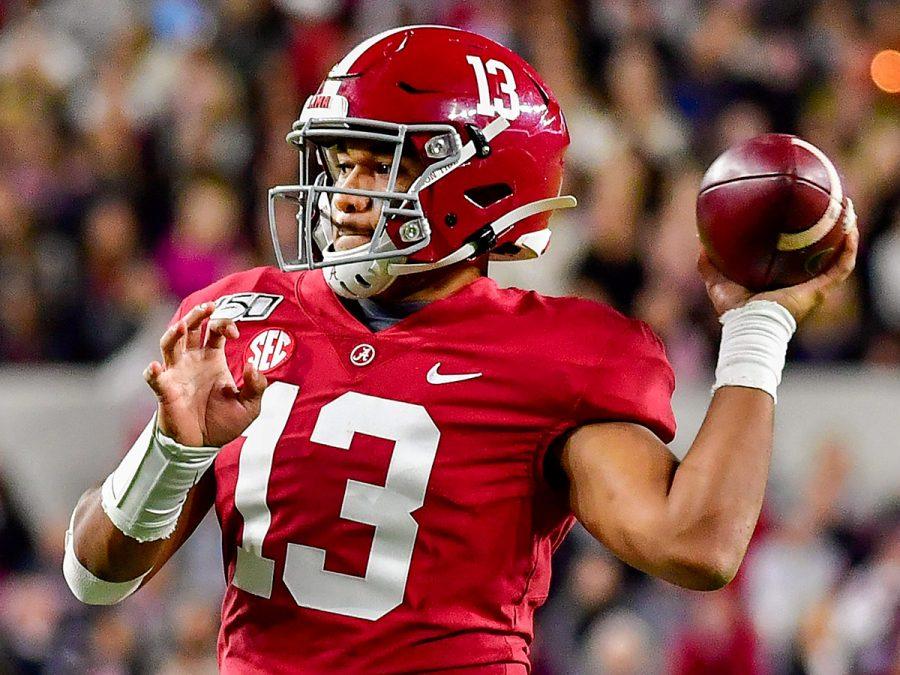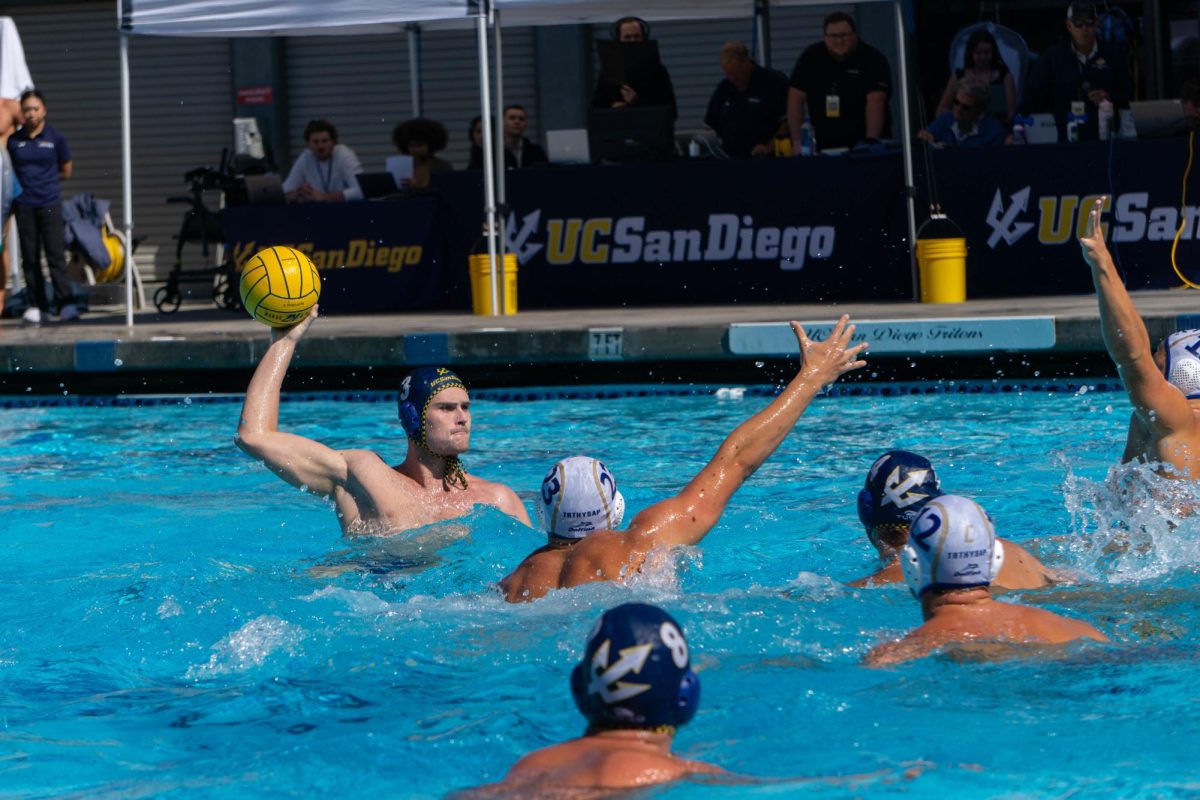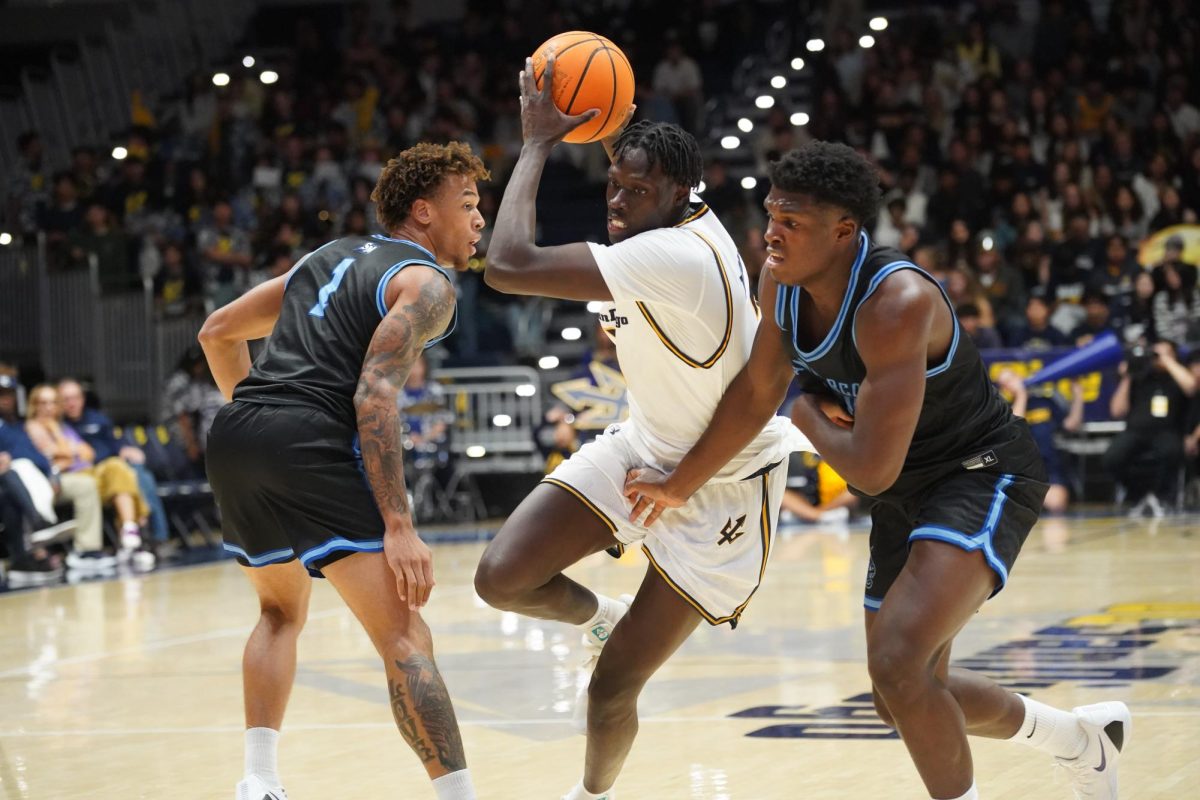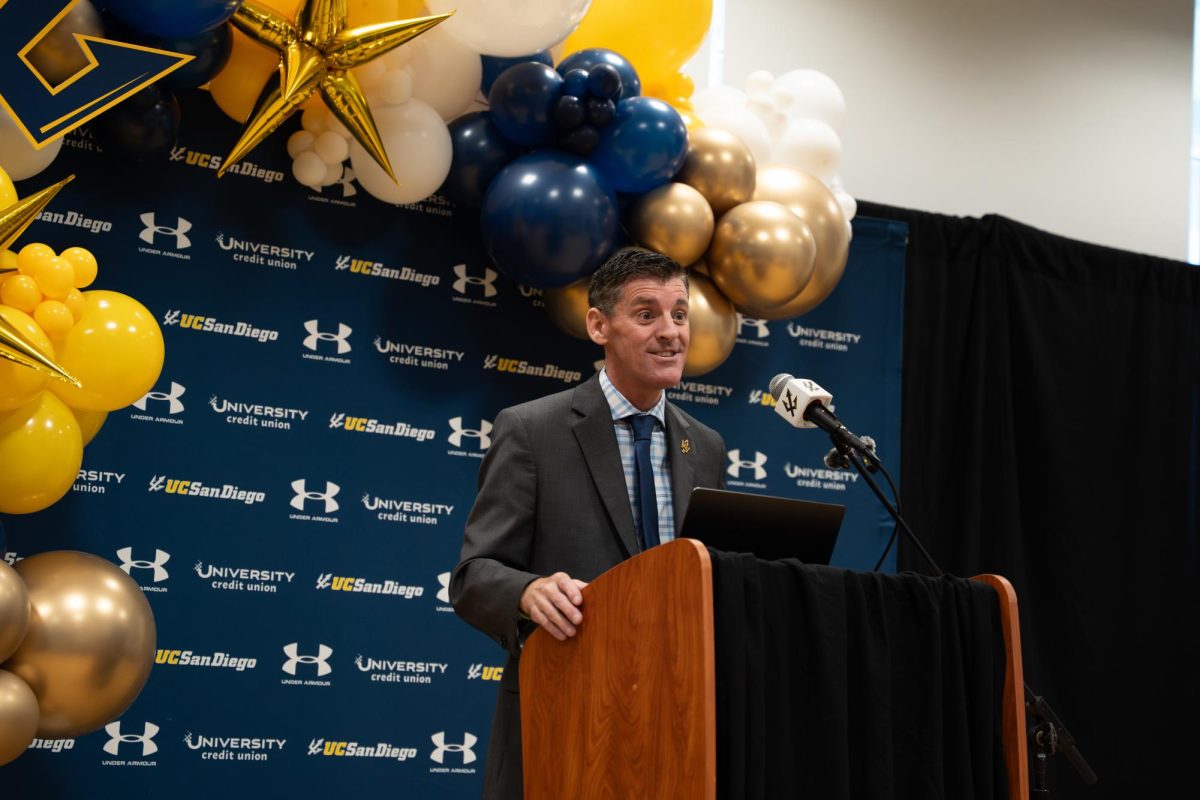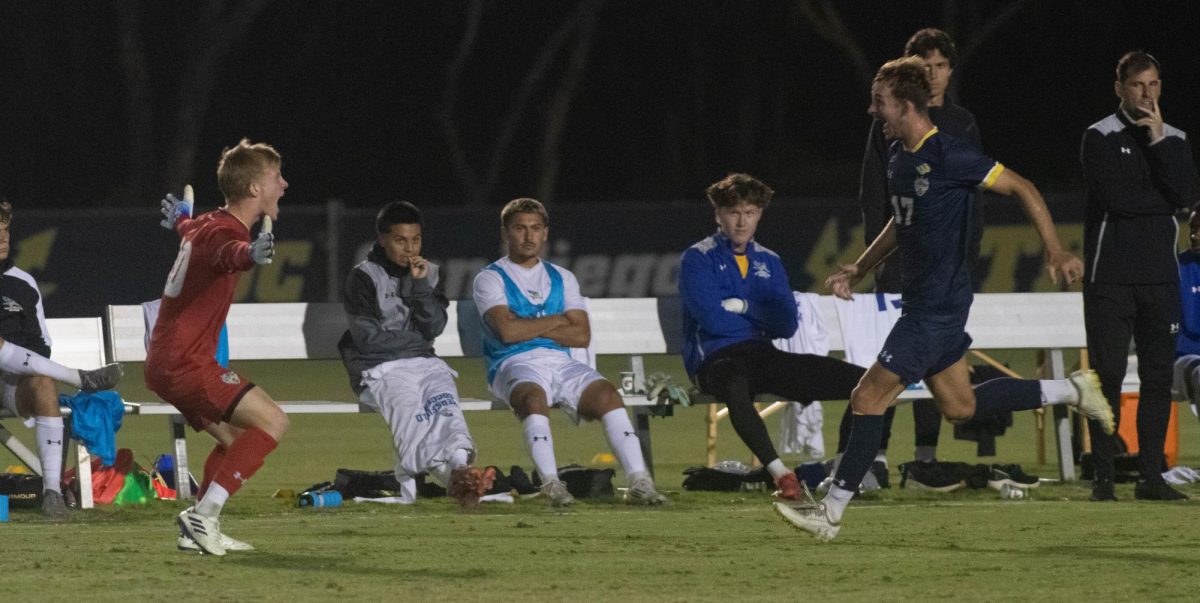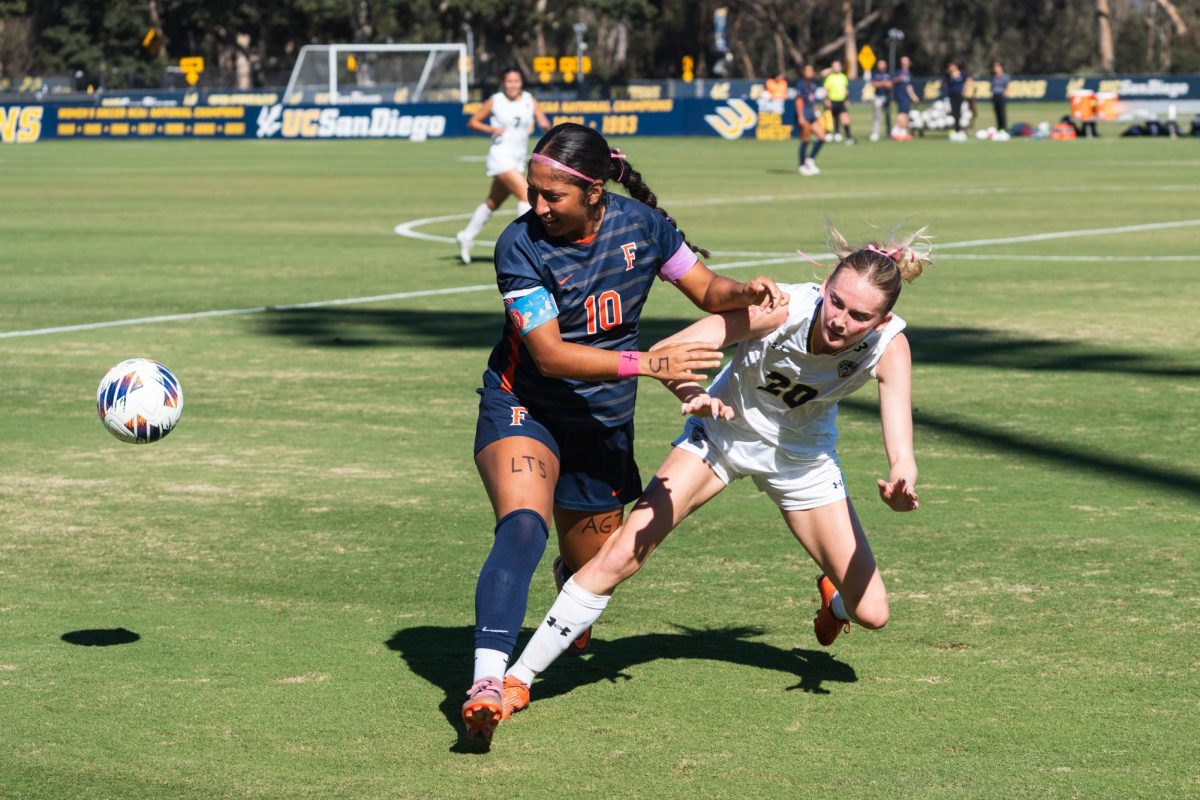One of, if not the most, vital positions in all of sports is quarterback, but finding the right one has proven to be quite difficult. Year after year, top picks fail to pan out, team scouting departments carry contrasting opinions on their QB rankings, and very few have had great success once drafted. In fact, in the past 20 years, top five draft picks at quarterback have only won one Super Bowl. So what exactly makes the process of drafting a quarterback so difficult?
Well, there are a handful of factors that go into it, but what has become so overlooked, nowadays, is the quarterback’s surrounding cast in college. Obviously, a full QB evaluation has a lot to do with their talent and statistics over their collegiate career. But many analysts and some teams ignore numerous other elements such the offense they played in, the coaching staff, and the amount of NFL talent they were surrounded with when making these evaluations.
Take Jordan Love, for example, who saw his production fall off a cliff this past year — just 20 touchdowns and 17 interceptions in 2019 compared to 30 TD’s and 6 INTs the year before.
Many people merely glance at his stats and his 2019 film, and conclude he’s not as talented as other quarterback prospects. But these evaluators fail to recognize the effect of a whole new coaching staff and offensive system which was implemented after former head coach Matt Wells left for Texas Tech after 2018. This, in addition to Love losing his only other NFL caliber teammate in Darwin Williams to the Chiefs, significantly contributed to a poor 2019 campaign.
Similarly, some college offenses are, simply put, not ideal schematically to best display all of these young quarterbacks’ abilities. This year, the University of Oregon’s Justin Herbert did not receive as much hype as other quarterbacks, partially because he was in an offense that didn’t ask him to make a lot happen. NFL mind Chris Simms highlights this issue citing that “he played in a horrible offense in Oregon taught by an offensive line coach”, and follows that up with a comparison to other quarterback prospects like Joe Burrow and Tua Tagovailoa who had both had offensive coordinators with NFL experience and schemes. When evaluating these quarterbacks, you can’t solely assess them on just the offense they played, you have to project how their traits will project to the next level. Although Herbert may have had lesser stats and been drafted lower than Tagovailoa, Herbert’s elite arm and size, as well as his ceiling, are why I think he will be more successful in the league.
The talent level of these prospects’ supporting cast is another key factor that must go into a complete evaluation. This past year, two of the top QB prospects, Burrow and Tua had as many weapons we may have ever seen in a college offensive. Burrow and Louisiana State University, when all said and done, will have had at least three first round skill players in that 2019 offense, while Tua’s 2019 offense was stacked at wide receiver will have two first rounders this year, Jerry Jeudy and Henry Ruggs III, and likely two more next year, Jaylen Waddle and Devonta Smith. Despite both of these QB’s having such elite surrounding talent, Burrow, to me, projects as a much more successful NFL quarterback .
Burrow was more efficient in terms of completion percentage and yards per attempt, and he was carving teams up with a pro-style offense put together by current Carolina Panthers offensive coordinator, Joe Brady. That’s not to say Tua wouldn’t have been successful in Joe Brady’s offense, but Tua will definitely face a tougher learning curve in the league. Other stats that point to Burrow having future success include his gaudy numbers when passing on first down: 13.9 YPA, 82.1 percent completion percentage, and a 18:1 touchdown to interception ratio. For comparison, all other first round quarterbacks dating back to 2015 (there are twenty) averaged 7.4 YPA, 67.6 percent completion percentage, and had a 7:2 touchdown to interception ratio per Sharp Football Analysis. It was clear Brady and LSU trusted Burrow on first down, and Burrow absolutely made the most of it. And while Tua also had great success at the University of Alabama, I’d argue it should be more attributed to his four superstar receivers who could all blaze past defenses. According to Pro Football Focus, Tua’s had 72 percent of his yards come after the catch, which was the highest percentage in college football in 2019.
On the flip side, it’s important to recognize that not all these quarterbacks have the luxury of having a bunch of NFL talent around them. Just last year, the New York Giants shocked the NFL in selecting Duke University’s Daniel Jones sixth overall. There were concerns about the level of competition he faced at Duke and many doubted the pick from the get-go. And although his career is obviously still a work in progress, he played some solid games last year and clearly displayed that he can be the future for New York. Again, one of the reasons many were not impressed with Jones when he came out of Duke was his pedestrian 60.5 percent completion percentage and 22:9 touchdown to interception ratio.
But that Duke team had no NFL players to help Jones, and he had to make the most of the situation he was given. When quarterbacks don’t have the best talent around them, they often try to do too much by taking more risks. Buffalo Bills’ Josh Allen is another key example of this, as at Wyoming he had to make plays with legs, and force balls into tighter windows to give his team a chance to win. But in turn, he finished with a lot of picks, and an abysmal completion percentage. These are the elements scouts and analysts must be weary of when grading quarterback prospects.
Quarterbacks have the lowest hit rate for a reason. They’re tough to scout, and even tougher to project to an NFL offense. However, analyzing the past few years, the best way to find successful NFL quarterbacks requires evaluating their talent, their environment whether that be their coaching, level of competition, or the players around them, and of course, a little luck.


